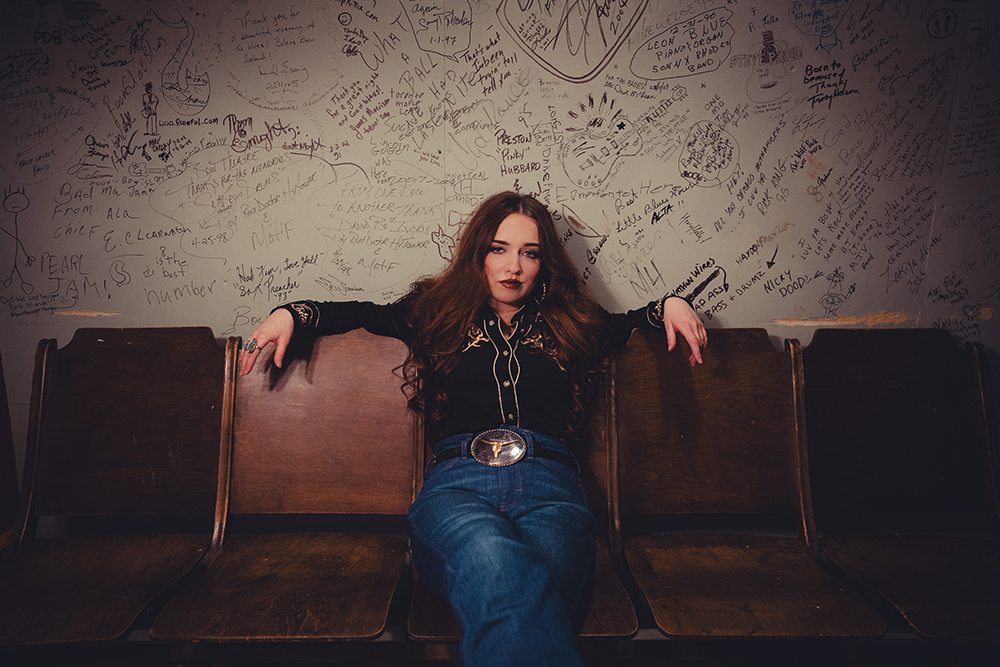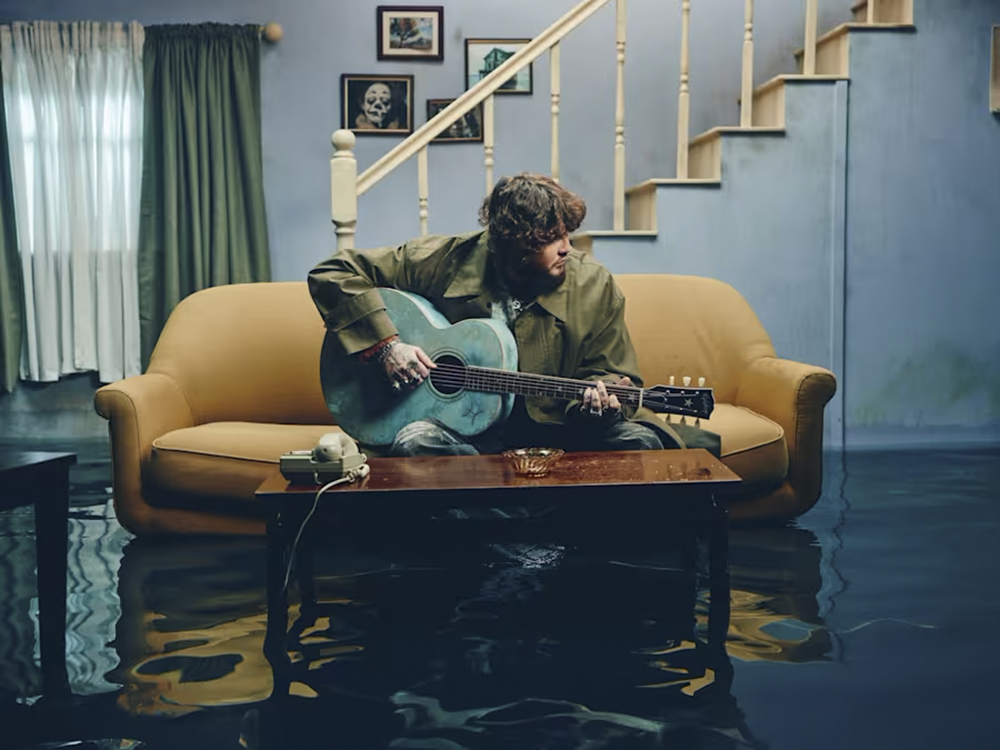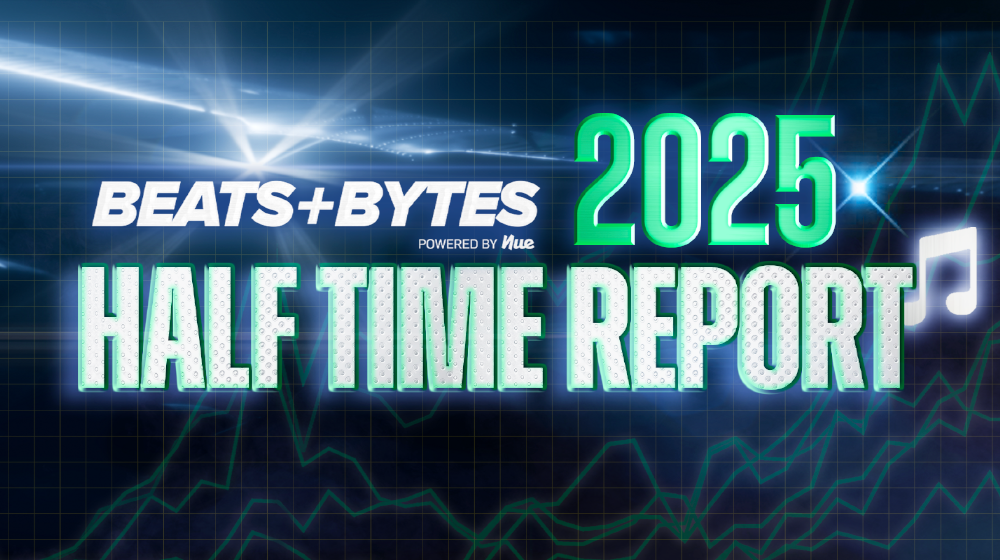
(Hypebot) – Pandora royalties came under fire once again last week, with a firestorm of blog posts pointing a ton of virtual fingers. Facts become “facts” as each side is skewing the story to their benefit. All sides should take equal blame for misrepresentation. The truth is that online plays equal audience impressions, and this disparity causes confusion on both sides.
When you do the actual math, Pandora is likely paying songwriters less than other broadcasters, but also has a royalty at an enormously higher multiple compared to others for their “all in” rates. Yet even if royalty disparities get fixed, it won’t solve the issue of low payments to artists and songwriters because Pandora’s enormous catalog means tiny slices to a greater range of creators.
For those who haven’t been following, here’s what happened:
* On Monday 6/24, David Lowery posted a piece where he showed he made $16.89 on over 1 million Pandora plays. Never mind that the song actually grossed over $1300, David wished to make his point by highlighting his songwriting revenue only. The issue gets muddled when you realize he only pointed out his songwriting share, not his publishing share as well, and that his take is only 40% of the writing, which he can’t blame Pandora for. David didn’t hide this skewing of the data, but his headline-generating writing style got respected blogs like Gizmodo and AV Club to write articles making it sound like that’s all the money he made. This forced a round of retraction articles later in the week. I can get behind the reasoning David made in the article (to stop Pandora from suing PROs to lower rates) but by obscuring the issue, he weakened the overall position.
* On Wednesday 6/26, Tim Westergren had to acknowledge the growing blogstorm and post a response about how much they do indeed pay and how they are not trying to reduce rates. Tim also chooses words carefully to make Pandora appear more altruistic than they’ve been. By saying that Pandora has not advocated an 85% rate decrease, it makes it seem that they’ve not positioned for lower royalties. But what (former) Pandora CEO Joe Kennedy did do was advocate in front of Congress for the Internet Radio Fairness Act. In a summary by bill sponsor Senator Ron Wyden, the bill “would treat Internet Radio, for purposes of establishing royalty rates, in the same way that satellite and cable radio are treated.” Currently, satellite radio is paying 7.5% of revenue to royalties. Pandora has claimed they currently pay over 50% of revenue. Cutting 50% of their revenue down to 7.5% is an…85% rate decrease. While this bill may be dead, that doesn’t mean the 85% reduction is the result of an RIAA misinformation campaign.
* On Thursday 6/27, David Israelite, the President and CEO of the National Music Publishers Association (NMPA), entered his opinion about the misinformation campaign by Pandora. He cited figures from both the Lowery argument and an event the NMPA held the previous year highlighting the paltry royalties the songwriters are getting. As he puts it: “By any standard, this is unacceptable.” That’s not entirely true because all this suggests is that Pandora is not paying a fair rate instead of a fair market rate, which is a different beast. By not comparing Pandora’s royalties to anything, these rates will naturally appear low. But you need an apples-to-apples comparison to know if anything is truly fair or not. What’s unacceptable is that Israelite declared these royalties unfair without applying it against any standard.
OK, so what is the truth of this argument? We need to have this so we can move forward with actual intellectual discussions that are as fair as possible to all sides.
A PLAY IS AN IMPRESSION
One fair point that Tim Westergren pointed out is that in the Pandora world, nearly all plays are listened to by one person. In radio, one play is heard by many. So comparing Lowery’s rates of 1,159,000 plays on Pandora to 18,797 plays at radio is not comparing the same thing. To be accurate, you have to know how many people heard those plays at radio.
To figure this out, I consulted Mediabase, which is a respected industry source for radio airplay and whose numbers are used for several industry charts (but not Billboard, which uses BDS). Mediabase calculates an approximate audience for each play of a song at radio. It does this by taking the time and day a song is played on a particular station, and then estimates listenership from data garnered from radio ratings methodologies. According to their report for Cracker’s “Low”, over the entire time they’ve monitored airplay the song has played 221,693 times for an audience of 944 million. This means for every play the song received, approximately 4,258 people heard it. But this includes periods when the song was a hit. For the week ending 6/24, the song was played 440 times for an audience of 1.48 million, meaning about 3,364 people heard the song each time it was played on the radio. The week prior, the figure was 3,896 people per spin.
Next, we need to figure out how much the per-impression rate is for radio and measure it against Pandora’s per-stream rate (which is the same as per impression). First, we take the net revenue of the entire songwriter and publisher interest of “Low” which we get from multiplying Lowery’s radio payment by 2.5 and then doubling it to account for the publisher share. (Since we don’t know the exact take BMI has for either radio or Pandora, we will base our figures from the net revenue after BMI’s admin fees). The total gross revenue for the 18,797 spins is $6868.90, or about $0.365 per spin. Splitting the difference and using the mid-figure of 3,896 people per spin, the song would generate $0.000094 per impression. Utilizing the same formula for the Pandora stats that David provided, the total net revenue for the 1,159,000 impressions would be $84.45, or $0.000073 per impression. In other words, the payment to songwriters from Pandora appears to be approximately 29% less than radio currently pays. I say appears because the methodologies the PROs pay out tend to be opaque so the payouts to Lowery and his co-writers might differ from monies collected. But that would be an issue with the PRO, not with Pandora. Also, because songwriter payments differ drastically per PRO and per song title, the 29% figure should not be used as a universal standard. This only applies to Lowery’s instance. However, we can infer that songwriters across the board are receiving less per impression on Pandora.
That being said, let’s assume that Lowery actually got paid by Pandora at the 29% higher rate to put his songwriting revenue on par with what he receives at radio. His take-home figure would now be $21.79. His blog post would likely have had the same impact at $21.79 as it had at $16.89. The presumption from the piece is that a songwriter should make a significantly greater figure from 1 million Pandora plays. Yet, from this math, Lowery would need Pandora to pay at a rate 5x greater than radio in order to get even $100 for those 1 million plays. Even factoring in a potential premium for Pandora playing songs somewhat interactively (vs. radio’s pre-programmed nature), it’s not fathomable to expect this.
Pandora’s argument that they are paying for performance royalties while terrestrial radio doesn’t is certainly a reasonable one to make. On that argument (combined performance + songwriting royalties), taking the net revenue figures provided by Michael Degusta (and backing out the estimated PRO cost), Pandora’s “all in” payment is estimated to be $0.001171 per impression. In other words, radio pays nearly 94% less per impression “all in” than Pandora does. No wonder Pandora argues for an 85% decrease. Even if that went thru, they’d still pay more “all in” than radio does.
Unfortunately for Pandora, not all artists are songwriters and not all songwriters are artists. So, should Lowery (and other songwriters) get paid more by Pandora? Yes, and the argument that songwriters should push to stop Pandora’s suit to reduce songwriter royalties is valid. At the same time, let’s be realistic as to how much the songwriter would receive per play. For performance royalties, artists should put their energies towards lobbying for payments from terrestrial radio.
MORE ARTISTS TO PLAY MEANS LESS PER ARTIST
Pandora’s other issue is that figures like Lowery’s $16.89 are more common than not. However, that’s not due to a low royalty per 1 million plays. It’s likely due to the fact that more artists and songs have airplay on Pandora than they do on terrestrial radio. This basically takes the overall revenue pool and slices it thinner and thinner so more people get paid a tiny figure, rather than a small group of people getting paid a healthy figure.
In May 2013, Pandora had 70.8 million listeners. This month, Arbitron reported that traditional radio reached 242.5 million listeners a week. While comparing a month to a week is not quite apples-to-apples (and Arbitron doesn’t break out music vs. talk listening), we do know that the Arbitron number is 92% of the population aged 12 or older. So roughly speaking, Pandora’s room for growth (meaning how big it can get to match traditional radio) is to increase their audience about 3.5x bigger than it exists today.
If Pandora reaches that number, one would presume that the royalties for “Low” would also increase by that same factor. If that’s the case, “Low” would be receiving approximately 4 million plays. A pretty big number, except that the radio impression figure for the same time frame was likely between 70 and 75 million impressions. Radio’s ability to reach nearly 20x the impression level comes from their tighter restrictions on titles. The fewer titles approved for airplay, the higher the likelihood selected songs get played. If you have a perfect storm for Pandora (they pay songwriters the same as radio AND grow to be radio’s size), Lowery’s take-home songwriter pay for “Low” would still likely only be $76.26.
The excitement that an artist has for Pandora to play more music is also the primary reason why they get paid so little. This is also a problem with Spotify, YouTube, and any other site with huge streaming catalogues. In 2011, Soundexchange (whose revenue is primarily Pandora and SiriusXM) paid out nearly 90% of their artists with checks less than $5000. The greater the access to swim in the pool, the less space you’ll have to swim. As a community, we can and should fight for higher royalty rates. But to win a figure that would result in a living wage for most musicians, the solution does not lie in the expansion of royalties. The faster way to the bigger paycheck per person is to limit the number of participating musicians. This is actually part of the success in the model for VEVO.
As a copyright holder myself, I am not going to advocate building back up gatekeeper walls making it more difficult for my music to get exposure. Instead, I am embracing this new reality, and just working on whatever I can do to make sure my artists are getting the most exposure across the board. My secret to financial success is not really different than it has been for music in the past: make the song popular.
Artists and songwriters do need to remain vigilant to ensure the royalties they do have are protected. These discussions are crucial to make sure our creative community and the companies that underwrite them are properly compensated for their usage. Yet artists and songwriters need to recognize that this new world has also created new math. Those realities are not often pretty, and are a lot harder to digest. But this is the game that we’re now playing. The sooner the new music order is embraced, the sooner we’ll all have a greater chance to flourish.
























































